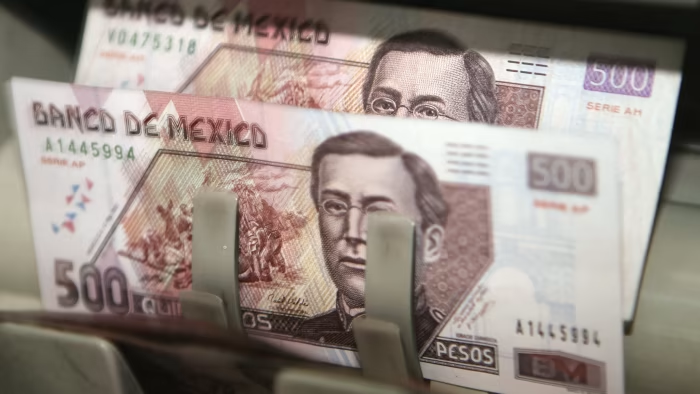
The post Coinbase CLO Slams U.S. Treasury for Avoiding Final Ruling in Tornado Cash Case appeared first on Coinpedia Fintech News
On Friday, the U.S. Treasury lifted sanctions on crypto mixer Tornado Cash, a crypto firm accused of helping launder over $7 billion for cyber criminals, including North Korean hackers. In 2022, the Treasury blacklisted Tornado Cash for its role in laundering $455 million stolen by the Lazarus hacking group.
The Move Sparks Criticism From Grewal
But the move has sparked strong backlash. In a latest X post, Coinbase’s Chief Legal Officer, Paul Grewal, has publicly criticized the U.S. Treasury for its handling of Tornado Cash’s delisting. He argues that the Treasury is wrongly trying to avoid a final court decision.
Grewal is criticizing the U.S. Treasury for continuing legal actions against Tornado Cash, even after it was removed from the Specially Designated Nationals (SDN) list. The Treasury now claims that a final court decision is unnecessary, but Grewal argues that this is against legal procedures.
He shared that this is only valid if the defendant can prove the issue won’t happen again. He also mentioned past cases where sanctions were lifted but the case stayed open, allowing them to be reimposed later.
“Here, Treasury has likewise removed the Tornado Cash entities from the SDN, but has provided no assurance that it will not re-list Tornado Cash again. That’s not good enough, and will make this clear to the district court,” noted Grewal.
Grewal’s criticism comes during a long legal battle where Tornado Cash users challenged the Treasury’s decision to add the mixer to the SDN list. The users argued that the smart contract didn’t qualify as property under the International Emergency Economic Powers Act (IEEPA) because it’s non-erasable.
Although the court sided with the users, clarifying the status of the Tornado’s smart contract, despite this, Grewal criticized the Treasury for not fully following the court’s ruling.
Coinbase, Ethereum Foundation Back Tornado Cash
Tornado Cash has been supported by groups like Coinbase and the Ethereum Foundation, which are backing lead developer Alexey Pertsev’s defense. The legal battle has been intense, with supporters claiming the Treasury’s actions were unfair and lacked clear legal grounds.
Lifting the sanctions against Tornado Cash is an important step in the ongoing debate over how crypto mixers should be regulated. The Treasury lifted them after reviewing legal issues but still expressed concern over North Korea’s use of digital assets for hacking and money laundering.




